
SyndAvant 凝聚願意將創意與專長應用於改造社會、推進社會進步之創意人,透過各式各樣的專案、內容與活動為社會中的種種問題找尋可能的解決方案,將公共議題帶入民眾的日常生活當中,引發改變的動機與意願。 拜訪我們:http://syndavant.com
Lecture Review of "Preparing Materials at the Exhibition: Curation and Content Planning"
Planning an exhibition is like preparing a dish. There can be a thousand kinds of knife skills, a thousand kinds of spices blended, and tens of thousands of imaginations can be matured. In September, I invited the CEO of INCEPTION to talk about the popular "curation" in recent years. INCEPTION Qiyi has created hundreds of exhibitions, focusing on original and well-known IP curatorial authorization, space and shopping mall special exhibition planning and operation, using content to create value, discussion as the basis of the exhibition, and making works a language of communication. Host Zhang Yujie and CEO Liang Haoxuan (hereinafter referred to as Ocean), let’s get to know the curator!
Q: How did you first enter the circle of the exhibition industry?

Ocean: This probably started when I was in my 20s. In the early days, I was working in a public relations company, and I was in contact with a lot of consumer events, such as press conferences, brand presentations, etc. I also began to think about whether to prepare for a larger scale. Later, I turned to the exhibition company, got acquainted with the exhibition industry in Taiwan, and found that this industry can apply what I have learned in the past. At that time, the idea and opportunity to create my own curatorial team came into being, and it was quickly changed. For action, I decided to start a business in 2012, and INCEPTION was born.
Q: What exactly is curatorial work?
Ocean: Maybe because curatorial has recently become an academic, people may think it is very special, but in fact, there has been a profession called "curator" for a long time. The planning of exhibits, but a curator like me is an industry that has developed synchronously with the flourishing of cultural and creative industries and cultural and creative parks in Taiwan in the past two decades, so the curation we do is more similar. It is a cultural special exhibition or some permanent exhibitions. It is not the same as the curators in the art museum or museum system. However, this is also the same as different movies need different directors, and different exhibitions need different curators. , Like myself, I was thinking, "In this digital age, what kind of place can curation play?" It was with this curiosity that I started the business of INCEPTION.
Q: So how do you position yourself in the curatorial process of INCEPTION?
Ocean: The curator is a role responsible for overall planning and strategy. I think it is close to the "director" I just mentioned. Just as filmmaking requires division of labor, so does the field of curatorial work. Each part needs to collaborate and manage many details. Just like filming and stage play, many people are needed to create a scene. Taking my own example, when the most cutting-edge creative ideas are being conceived, the curator often needs to shout up and shout out what direction it is, because the appearance of the exhibition needs to be discussed by the curator in front of the curator. Only when the strategy is formulated can the exhibition continue to go down.
Q: Do you have any SOP for curation?
Ocean: Our workflow is complex, but it can be broken down into three steps: idea generation, idea execution, and on-site execution. About 60% of the time is "Creative Ideas". Confirm with the client what the exhibition will look like? What is our strategy? The second stage of "creative execution" is to enter into the detailed work of each department, which needs to be calculated in a scientific way, and enter into very detailed project management work until the final "on-site execution". INCEPTION Qiyi also divides the labor in this way. The first department has a lot of project personnel to manage the project; the second is the creative department, which will have various design people; the third is the curatorial department, which has a very important role. Like the assistant director in the movie, the image in the director's mind is executed and quality controlled; the fourth department is the BD department, where business development personnel develop those things we want to do in the future...every An individual is a screw in an exhibition. Only when all the screws are put together can the appearance of the exhibition be achieved.
Q: Can you share with us one of INCEPTION's most distinctive and important exhibitions?
Ocean: Then I want to share "#DINOLAB DINO LAB". Dinosaurs may be the subject of the most exhibitions in Taiwan in the past 20 years. Most of them are developed from the perspective of popular science or education, but INCEPTION Qiyi wants to make a story that no one has seen, the logic is not the same, and the way of storytelling is not very good. The same dinosaur exhibition, so we created the proposition of "Dinosaur Laboratory". In this virtual universe view, a little boy became a dinosaur doctor and wanted to resurrect dinosaurs in this laboratory. In every level and every corner of the exhibition hall, we hide the details of Dr. Dinosaur in order to revive them, so that the audience can become a part of the laboratory. Compared with the general science and education museum, there are fake grass and fake trees. It is placed in an open space full of modernity and contemporary feeling, and it also cooperates with architects to set up scaffolding to allow children to meet dinosaurs and change the perspective of human beings on dinosaurs. There is also a fossil cleaning room that can be interactively experienced. Wait, let the dinosaur exhibition become a more immersive, more amusement park-like experience, breaking the public's imagination of ordinary dinosaur exhibitions.
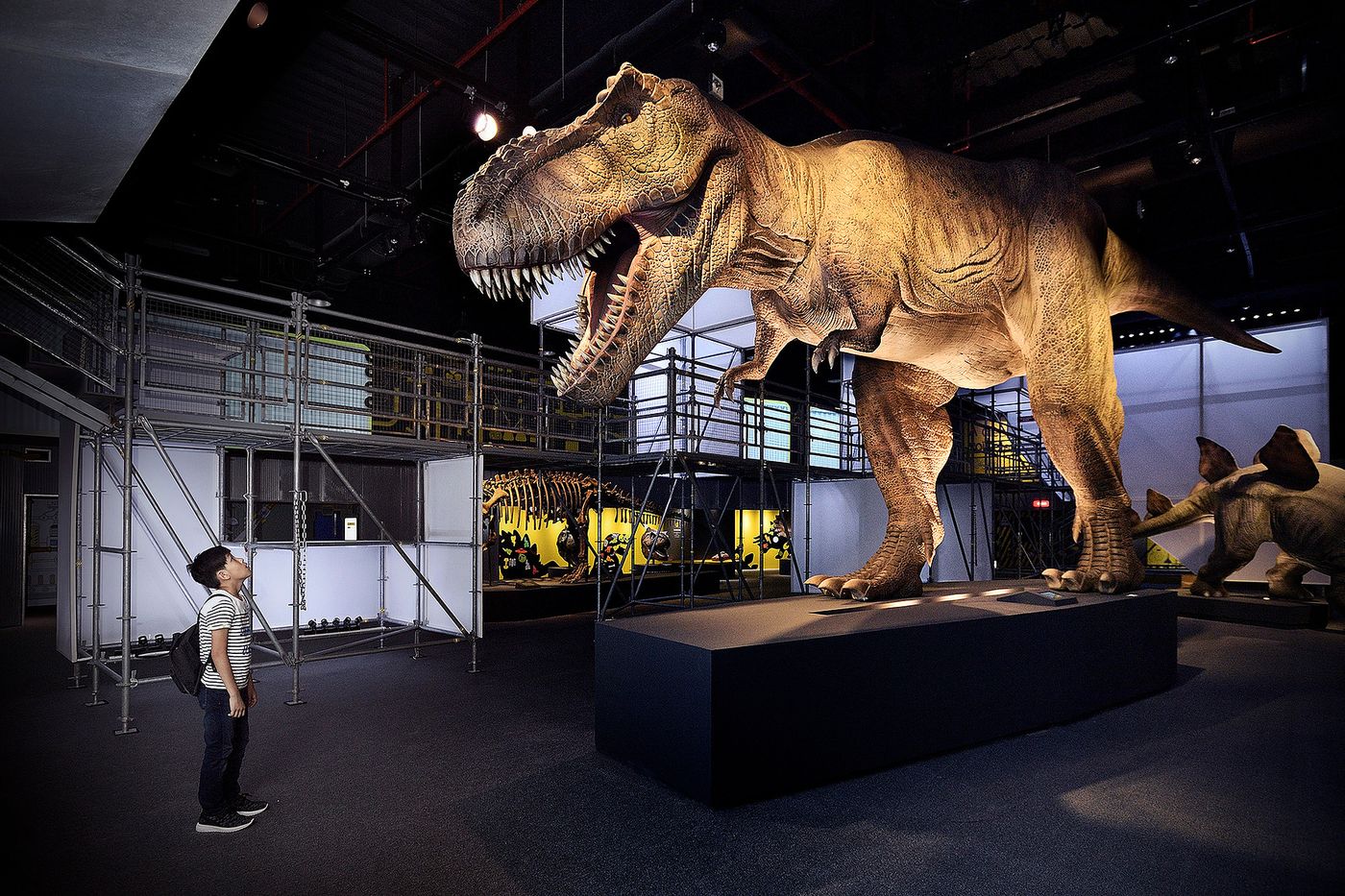
Q: How would you communicate with designers or with hardware manufacturers?
Ocean: I think when thinking of an exhibition, we need to rehearse all the things we can do in our minds, so that when designers communicate, we can clearly describe the appearance of the exhibition, from the materials, colors, to the venues used. The domain and the carrier used must be clearly described. I will also tell the designer about the "audience", which can make the designer more able to think about the state of the audience when they are aware of the exhibition, and also remind the visual design and space designers that if people use their bodies to see the exhibition, people's The viewing angle is 360 degrees, which is something I would value in design. For hardware manufacturers, I am very demanding about quality and time. How to achieve the best quality in time is a key factor when I communicate with manufacturers.
Q: Is "#DINOLAB Dinosaur Lab" a completely self-organized exhibition? Will the cost be amazing?
Ocean: When we started doing this IP, we hoped that this exhibition would not only have one stop, but travel around the world like a concert tour. At that time, we felt that dinosaurs were really a common vocabulary, and we needed to consider many objective and subjective factors, and strive to find those common languages across borders, hoping that people in different cities would like this exhibition. This exhibition did cost a lot of money to curate, but we tried to do it at the first stop so that we could go farther, and then we actually went to many different cities and got very good results. Profit recovery. "
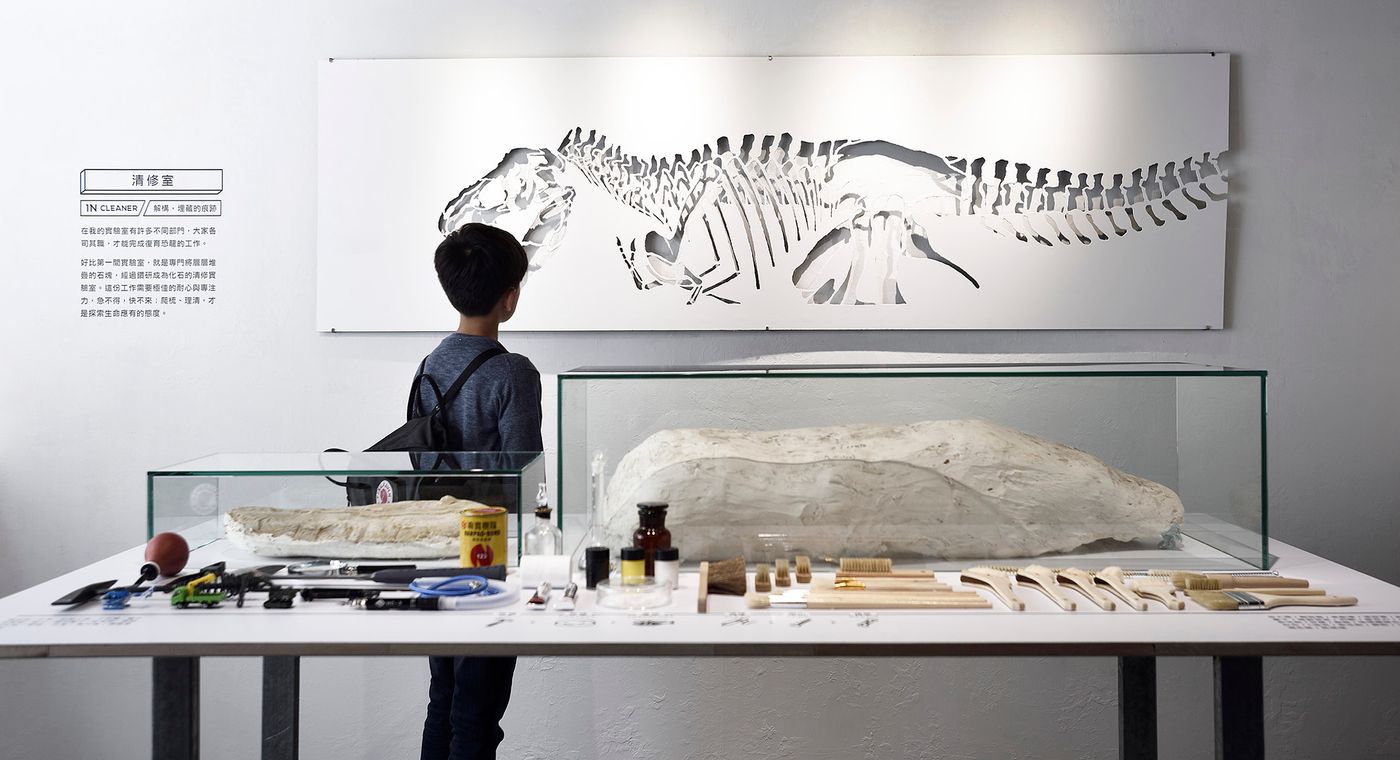
Q: Is there anything in particular you would like to share with us about your recent exhibition?
Ocean: It must be "Sing Our Songs, Pop Music Story Exhibition"! It is a permanent exhibition at the Taipei Pop Music Center. It has been planned for 4 years. It will be launched in September. This is a big proposition, but it completely hits the interest of me and the team, so we are committed to it. From the very beginning, we hired Mr. Li Mingdao, a well-known record designer, as a co-curator to assist with the aesthetic details. We also sought out Ms. Tao Xiaoqing, the mother of folk songs, who had a clear understanding of pop music since childhood. Teacher Ma Shifen, and Martha from the well-known musician Mayday, planned this exhibition together to tell the history of Taiwanese pop music in the past 100 years.
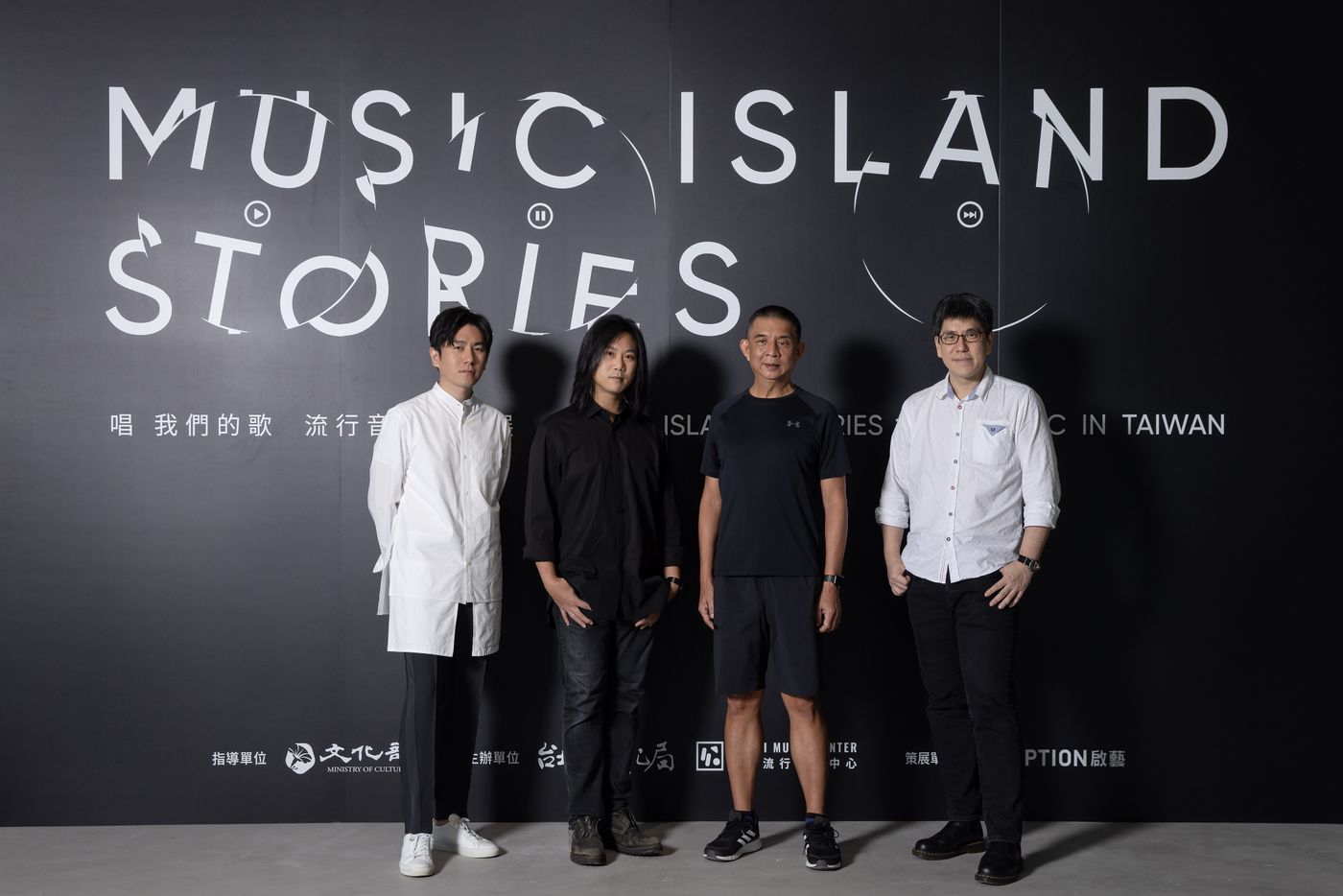
Q: This proposition sounds very difficult, how did you finally present it?
Ocean: Yes, after all, the exhibition space is very limited, but the elements and objects of Taiwanese pop music are too huge, so in the end, we chose the "scenes", a common memory that spans the ages, to present, like using Dadaocheng Circle The environment carries the performance status of the early years, the electrical appliance store is used to carry the memory of TV music and various singing programs, the movie theater is used to present the film music that will last forever with the image, and the commuting scene in the train is used to record the technology of transferring from CD to MP3. Make progress, and also remember the era of brave collision when everyone went north to work hard. The exhibition area is also divided by era, such as in the "Folk Song Era" when everyone started to sing their own songs, and a cross-generational "spiritual world of young people" to connect the different periods of Taiwanese pop music. There are also exhibition areas that allow viewers to look back at the early analogy era from the creator's point of view, and even go into a recording studio to understand how music came about. There is also an exhibition area that talks about the tolerance and diversity of Taiwanese pop music, as well as an exhibition area that restores life house and concert scenes. I hope to fully discuss where Taiwanese pop music came from and where it will go next.

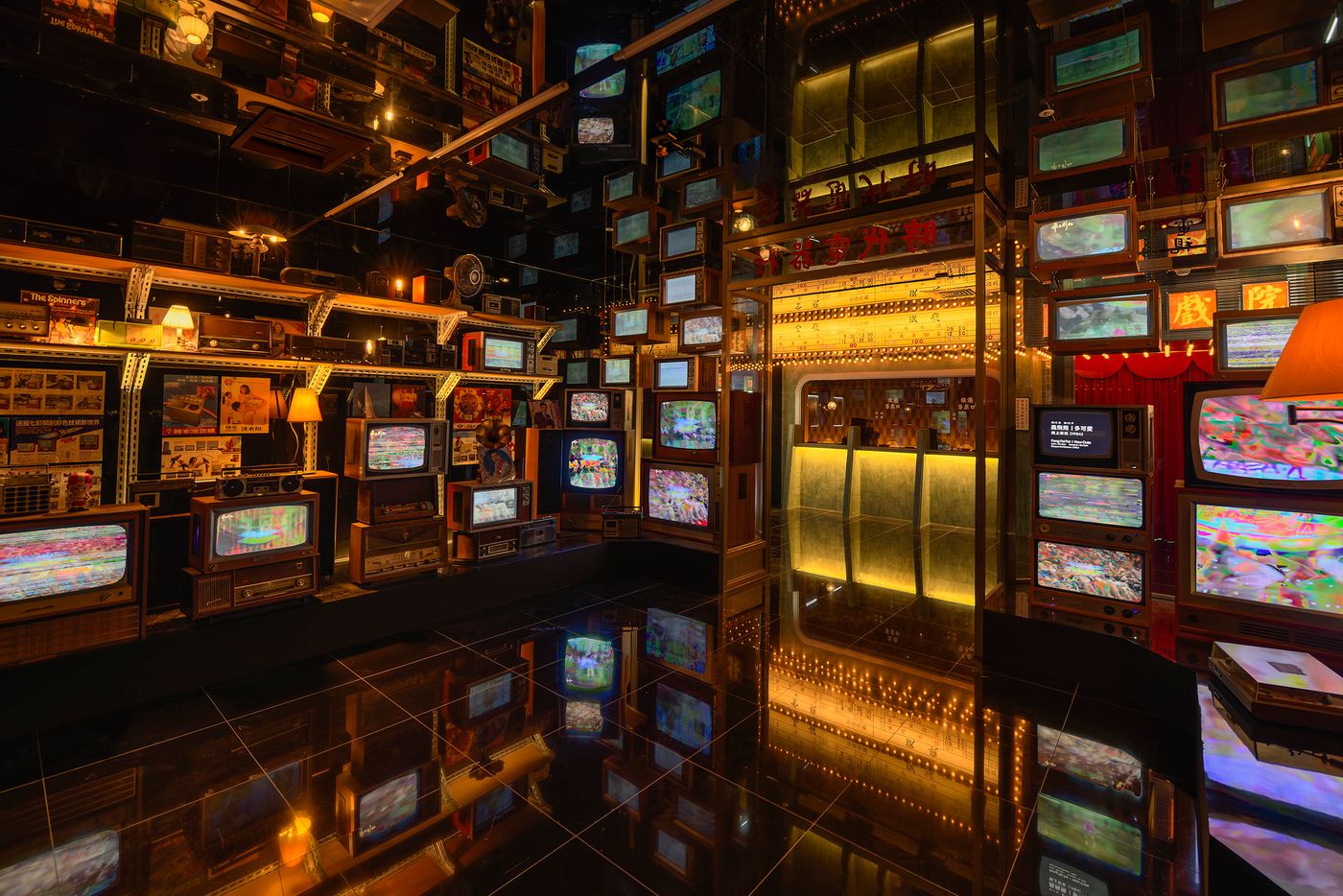
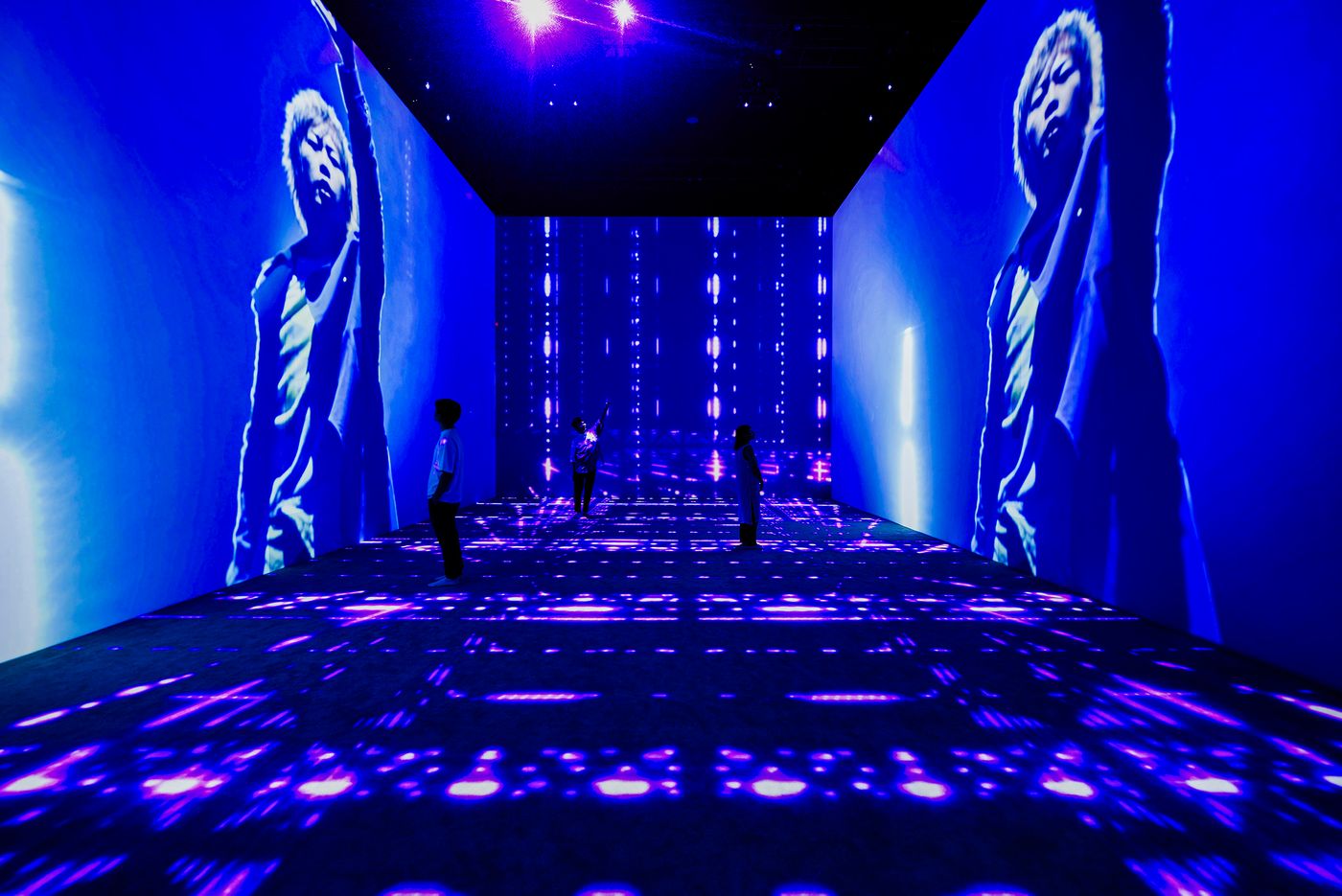
Q: Sounds pretty brilliant! But it also makes people curious, how do you select suitable content for exhibition when you curate it ?
Ocean: Use an example to illustrate. For example, when working on the theme of professional baseball, I will take my partners to the stadium to listen to the cheers of the fans. When I am doing the dinosaur exhibition, I will go to experience the work of the Fossil monks and make pop music. During the exhibition, I will take everyone to the concert... Try to feel these themes with your body, we also have to do a lot of research and refer to the opinions of a lot of advisory committees, but in-depth, even in-person Only by participating can you find out what the ins and outs of the story are. I think that curators are also creators and will have their own subjective opinions. When I curate, I only consider "is this thing worth seeing?", not "is there any regrets?" Curator You have to have the final appearance of the exhibition in your mind, so that it can be realized in reality.
Q: During this period, due to the epidemic period, the exhibition activities have been greatly affected. What do you think will happen to the performances in the future?
Ocean: After going through isolation and the period when the city was almost closed, everyone will understand that people need to socialize. When you are hungry, you can indeed order a delivery to fill your stomach, but the feeling that I want to see my family, The mood of seeing friends is unsatisfactory, and this is the same for the exhibition. I use the music industry as an example. You can watch online concerts, but fans cannot feel the singer's hoarse voice on the stage, or feel the other fans beside him. The heat of our bodies and the collision of our bodies, many offline experiences are difficult to replace and will not disappear because of the epidemic. Moreover, the exhibition also has a very important responsibility: the responsibility of "creating memories". The exhibition is a very important place for people to create memories, so it is difficult for the physical to be replaced by the virtual, and everyone can still look forward to the future of the exhibition. .
Q: Then I want to ask the audience a question, what do you think is the most important thing to enter the curatorial industry? Will any relevant background be required?
Ocean: I think anyone who wants to join the curation can start anytime, it's never too late. I'm not a graduate of a related field, but I like this thing very much, as long as you focus on that thing well, that thing will become your major. When I am asked how to enter the curatorial industry, I always ask back: "Then how much effort did you put in to get into the curatorial industry? What was your effort?" If you don’t come in, although personal experience will indeed determine how rich and complete the exhibition will be, but sometimes your own enthusiasm for the “exhibition” is more important. “Like the exhibition” is not even enough, or even To the level of "desire", to be a part of curatorialism, the degree of love for curatorial exhibitions is an indispensable key factor.
Q: Are there any must-see exhibitions or books that you would recommend to young people who want to get involved in curating?
Ocean: "Creating an Exhibition" is a must-read for our team. It can let you know what is happening in the exhibition from the basic skills. The second book is the management book "OKR", because whether you are in project management or you are managing daily work , you must have a set goal and a method of doing things. The ones mentioned in this book, I think, are very suitable for curatorial teams or creative management and can be used wisely. I usually read a lot of life magazines to understand the dynamics of current affairs and world trends, because when we do exhibitions, we are closely connected with society, politics, the environment, and even the earth. What kind of knowledge is very crucial in curation. I hope everyone can pay more attention to the society and the world we live in while curating the exhibition, which is very important.
SyndAvant brings together creative people who are willing to apply their creativity and expertise to transform and advance society. We call them Avantists. This series of interviews will show you how these Avantists manage their professions, use their talents and influence, and then form a positive influence on society.
Planning: Guo Ke Writing: Zhang Yujie Photography: vvaynelinn
Proofreading: Vera
Like my work?
Don't forget to support or like, so I know you are with me..
Comment…